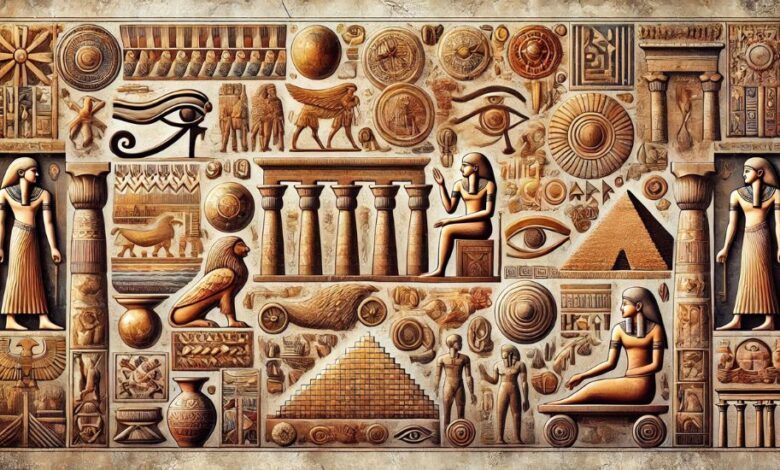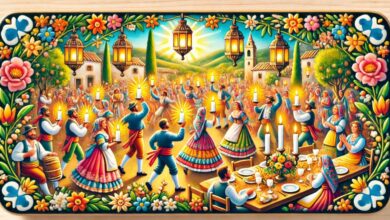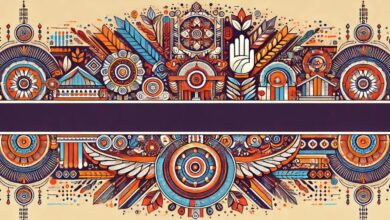The Timeless Essence of Ancient Artz: A Deep Dive into History and Creativity

Exploring the wonders of “ancient artz” opens up a world where creativity and culture intertwine, showcasing humanity’s ingenuity across centuries. Here at Insider Gists, we delve into the intricate details of this artistic legacy, unraveling its stories and significance. This article is your comprehensive guide to understanding “ancient artz” and the fascinating contexts that shaped it.
What is Ancient Artz?
“Ancient artz” refers to the creative expressions and artistic achievements of early civilizations. Spanning thousands of years, it encompasses various mediums, from cave paintings and sculptures to pottery and architecture. Ancient artz is not merely a reflection of aesthetic sensibilities but also serves as a historical document, offering insights into the beliefs, traditions, and daily lives of ancient societies.
The term “ancient artz” uniquely underscores the timelessness of these creations, which continue to inspire and influence modern art and culture. By examining these works, we gain a deeper appreciation for the ingenuity and adaptability of our ancestors.
The Origins and Early Forms of Ancient Artz
The roots of ancient artz can be traced back to prehistoric times when early humans sought to communicate and express themselves through visual forms. The following highlights some early examples:
Cave Paintings
Cave paintings are among the earliest known examples of “ancient artz.” Found in locations such as Lascaux, France, and Altamira, Spain, these paintings often depict animals, hunting scenes, and abstract symbols. They were created using natural pigments, showcasing an advanced understanding of materials and techniques for their time.
Carvings and Sculptures
Ancient carvings and sculptures, such as the Venus figurines, demonstrate an early fascination with human form and symbolism. These artifacts suggest that early societies used art as a means of spiritual or ritualistic expression.
Ancient Artz Across Civilizations
Different civilizations contributed uniquely to the evolution of “ancient artz,” leaving behind a legacy that continues to captivate audiences today. Below are some notable examples:
Mesopotamian Artz
The cradle of civilization, Mesopotamia, produced stunning works of art that combined utility and beauty. Ziggurats, cylinder seals, and cuneiform tablets are prime examples of how art intertwined with daily life and governance.
Egyptian Artz
Egyptian art is synonymous with grandeur and spirituality. The intricate wall paintings, statues of pharaohs, and colossal pyramids reflect their focus on the afterlife and divine kingship. Every element of Egyptian artz carried symbolic meaning, reinforcing their cultural and religious beliefs.
Greek and Roman Artz
The classical periods of Greece and Rome brought innovations in sculpture, pottery, and architecture. Iconic structures like the Parthenon and statues like the Venus de Milo showcase the advanced understanding of proportion, anatomy, and harmony. These civilizations pushed the boundaries of “ancient artz,” influencing Western art for centuries.
Asian Contributions to Ancient Artz
Asia’s ancient artz, particularly from China and India, introduced unique techniques and spiritual themes. Chinese calligraphy, intricate jade carvings, and Indian temple sculptures embody a deep connection between art, philosophy, and religion.
Techniques and Materials in Ancient Artz
Understanding the techniques and materials used in ancient artz reveals the resourcefulness and creativity of early artists. They worked with natural resources like stone, clay, metals, and organic pigments. Tools ranged from rudimentary chisels to advanced metal implements, depending on the period and civilization.
The labor-intensive processes behind creating monumental works like the Great Wall of China or the Colossus of Rhodes highlight the collective effort and ingenuity involved in ancient artz. These creations often required meticulous planning, teamwork, and mastery of engineering principles.
The Cultural Significance of Ancient Artz
“Ancient artz” served purposes beyond mere decoration. It was deeply woven into the cultural, religious, and political fabric of societies. Whether in the form of ceremonial masks, temple murals, or royal portraits, ancient artz was a powerful medium for:
- Storytelling: Art chronicled myths, legends, and historical events.
- Religious Practices: Temples, idols, and sacred texts often featured elaborate artistic designs.
- Social Identity: The styles and motifs in art distinguished different tribes and regions.
Why Ancient Artz Still Matters Today
In the modern era, “ancient artz” continues to captivate and inspire. Museums worldwide showcase artifacts that connect us to our shared human heritage. These works remind us of the resilience and creativity of our ancestors while providing lessons in sustainability, craftsmanship, and cultural appreciation.
Insider Gists believes that exploring ancient artz helps bridge the gap between past and present, fostering a deeper understanding of humanity’s evolution. By studying these masterpieces, we can uncover timeless lessons that remain relevant today.
Preserving the Legacy of Ancient Artz
Efforts to preserve ancient artz are vital for future generations. Challenges like climate change, urbanization, and looting threaten these priceless treasures. International organizations, local governments, and private institutions play crucial roles in:
- Conservation Projects: Restoring and maintaining ancient structures and artifacts.
- Education: Raising awareness about the importance of cultural heritage.
- Legislation: Enforcing laws to protect heritage sites and prevent illegal trade.
Conclusion
“Ancient artz” is a testament to humanity’s enduring creativity and resourcefulness. By exploring its diverse forms and historical contexts, we gain valuable insights into the cultures that shaped our world. Insider Gists celebrates this artistic legacy, encouraging readers to appreciate and protect these treasures.
As we continue to uncover and preserve “ancient artz,” we honor the creativity and resilience of those who came before us. These works are not just relics of the past but enduring symbols of human ingenuity, connecting us across time and space.



